Bridge cameras are a versatile and affordable alternative to DSLRs, offering the same kind of manual controls (as well as a host of easy-to-use auto modes) plus a huge zoom lens that covers everything from wide-angle to super-telephoto photography. This makes them a great all-on-one solution, especially if you want to travel relatively light, as you'll have one camera that's great for shooting expansive landscapes as well as tightly framed subjects like wildlife.
There are two important differences to be aware of, though. The first is that bridge cameras have much smaller sensors than DSLRs or mirrorless cameras, so most can't match those models for picture quality. If that's your key concern, stick with one of these.
The second is that the lens is non-removable, so although it can handle a wide range of subjects you can't swap to a macro lens for close-ups, for example, or a super-wide-angle lens, or a fast prime lens for low-light photography.
Bridge cameras do, however, give you a lot of camera for your money
If you're not quite sure what kind of camera you need, read our essential guide: What camera should I buy?
Bridge cameras do, however, give you a lot of camera for your money, and they're a great stepping stone for photographers who want to move on from simple point-and-shoot cameras. There are also now a few models that have larger sensors and deliver better picture quality, and which come a lot closer to the performance of a DSLR.
These are our favorites right now…
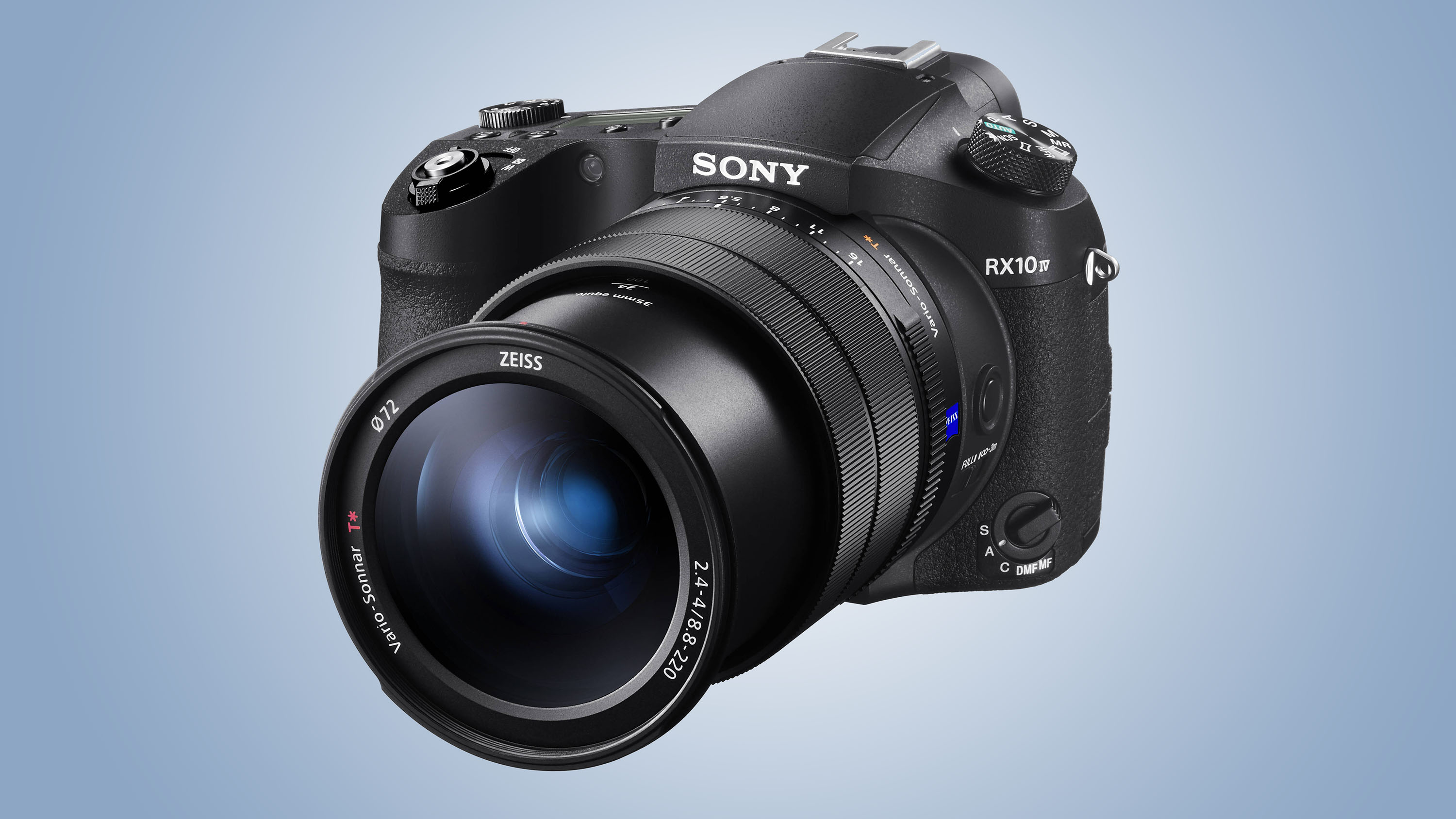
For those looking for a powerful all-in-one solution, the RX10 IV is the best camera out there. Featuring a huge 24-600mm f/2.4-4 zoom lens, the RX10 IV builds on the RX10 III with an overhauled AF system that now does justice to the rest of the camera, while the 1-inch, 20.1MP sensor is capable of achieving excellent levels of detail. It's quite bulky for a bridge camera, and there's no getting away from the hefty price, but the RX10 IV is virtually in a league of its own.
Read our in-depth Sony Cyber-shot RX10 IV review

The Panasonic Lumix FZ2000 (known as the FZ2500 in the US) uses a 1-inch sensor, and while the zoom tops out at 480mm equivalent, which is relatively short for a bridge camera, that's still plenty for all but the most extreme everyday use. We'd certainly sacrifice a little zoom range for better and faster optics, and we love the FZ2000 because it delivers both image quality and zoom range. If you're looking for something a bit cheaper, the older FZ1000 (below) is also worth a look.
Read our in-depth Panasonic Lumix FZ2000 / FZ2500 review

The Lumix FZ1000's 16x optical zoom is less than that of typical bridge cameras, but that's due to its sizeable 1-inch sensor, which delivers a big boost in image quality. This isn't just any old lens, either, but rather a Leica optic with a large f/2.8 maximum aperture at the wide-angle end, which narrows to a still-respectable f/4 at full zoom. This helps you capture shots in low light without resorting to high ISO sensitivities, while the Hybrid 5-axis Optical Image Stabilisation minimises camera shake. 4K (Ultra HD, strictly) 3840 x 2160 video recording, advanced autofocusing, a superb 2,359,000-dot electronic viewfinder and raw shooting all help to make the FZ1000 one of our top picks.
Read our in-depth Panasonic Lumix FZ1000 review
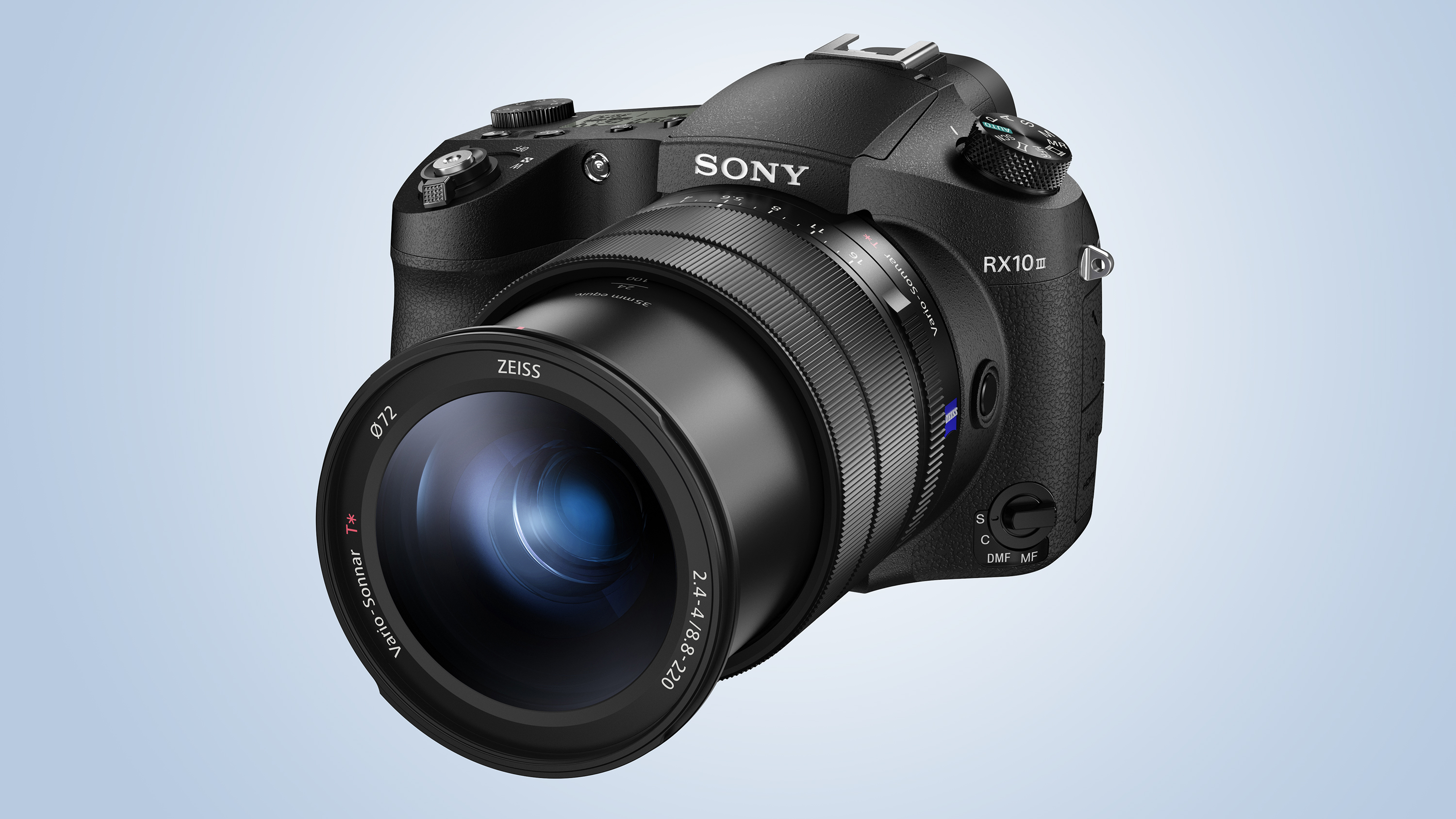
If you can live without the advanced AF system and other performance advantages offered by the RX10 IV, the RX10 III is still worth a look. The design is pretty much identical to the RX10 IV, and you've got the same 24-600mm f/2.4-4 lens. What's the compromise? Well, the AF is a bit pedestrian compared to the latest model, while there's no touchscreen control or the ability to shoot at an impressive 24fps. With the arrival of the newer model, you might be able to track down one of these at a decent price.
Read our in-depth Sony Cyber-shot RX10 III review
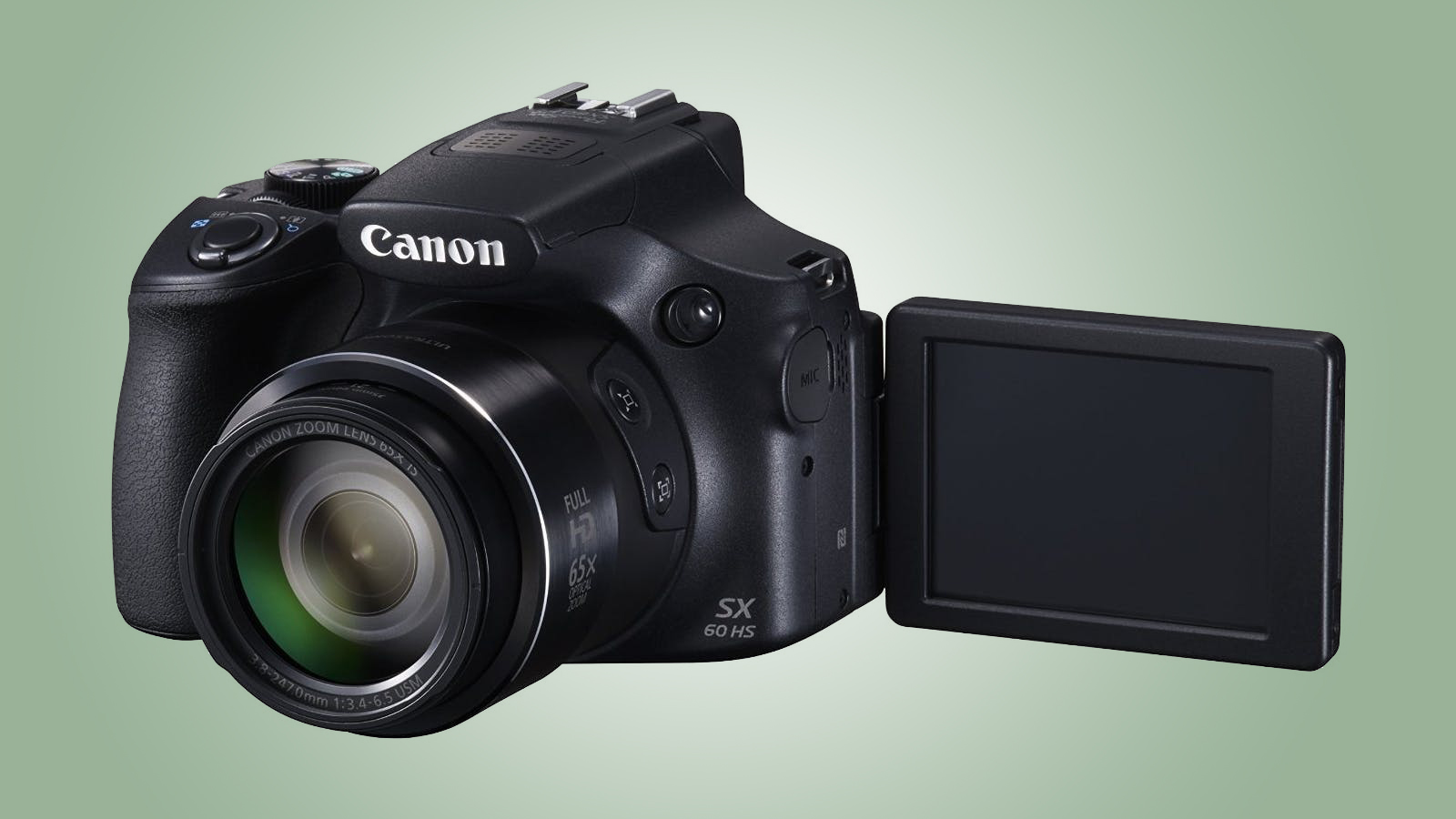
The SX60 HS is a more conventional bridge camera than our top four, as it uses a smaller 1/2.3-inch sensor, enabling a huge 65x optical zoom range. It's still offers full manual control, though, plus an articulated screen, a good quality electronic viewfinder and the ability to shoot in raw. In-built Wi-Fi with NFC is another bonus. Annoyingly there's no eye sensor on the viewfinder, so you have to activate it manually. Image quality is very good, with bright and punchy colors, but it does struggle a little with very dark conditions, and if you examine images at 100% you'll see some speckling and noise.
Read our in-depth Canon PowerShot SX60 HS review
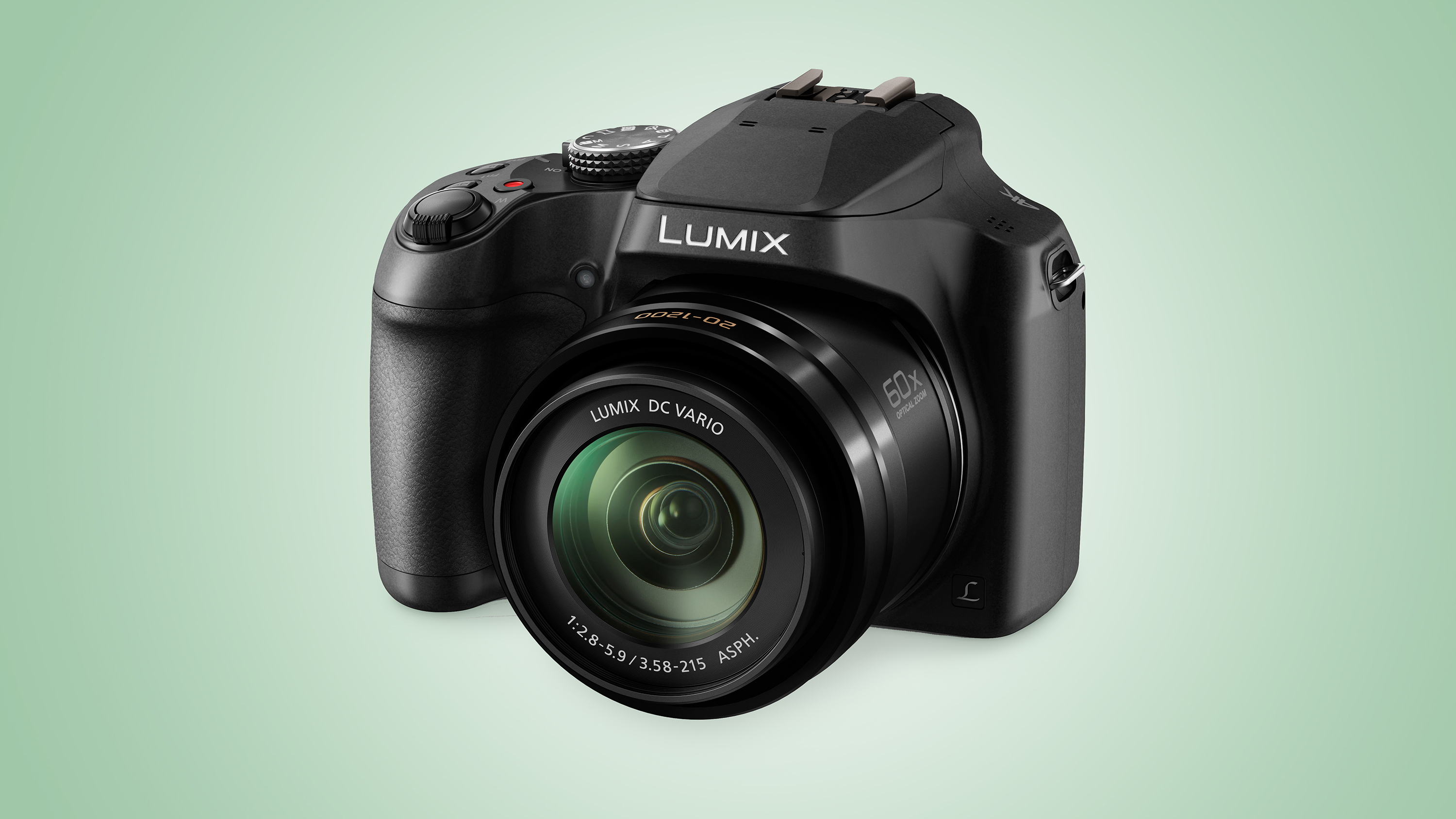
The Lumix FZ80 (known as the Lumix FZ82 outside the US) might be one of the most affordable bridge cameras here, but it still packs quite a punch. The zoom range is very impressive, going from an ultra-wide 20mm through to a staggering 1200mm, and benefits from an effective image stabilization system. There's also 4K recording with Panasonic's 4K Photo, which can shoot 8MP images at 30fps, meaning you should never miss that split-second moment. It's also very easy to use, with an intuitive touchscreen. The viewfinder could be better (and there's no eye sensor to automatically switch between the viewfinder and rear screen), while high-ISO performance can't match that of larger-sensor (and more expensive) rivals. That said, this is one of the best budget bridge cameras around.
Read our in-depth Panasonic Lumix FZ80 / FZ82 review
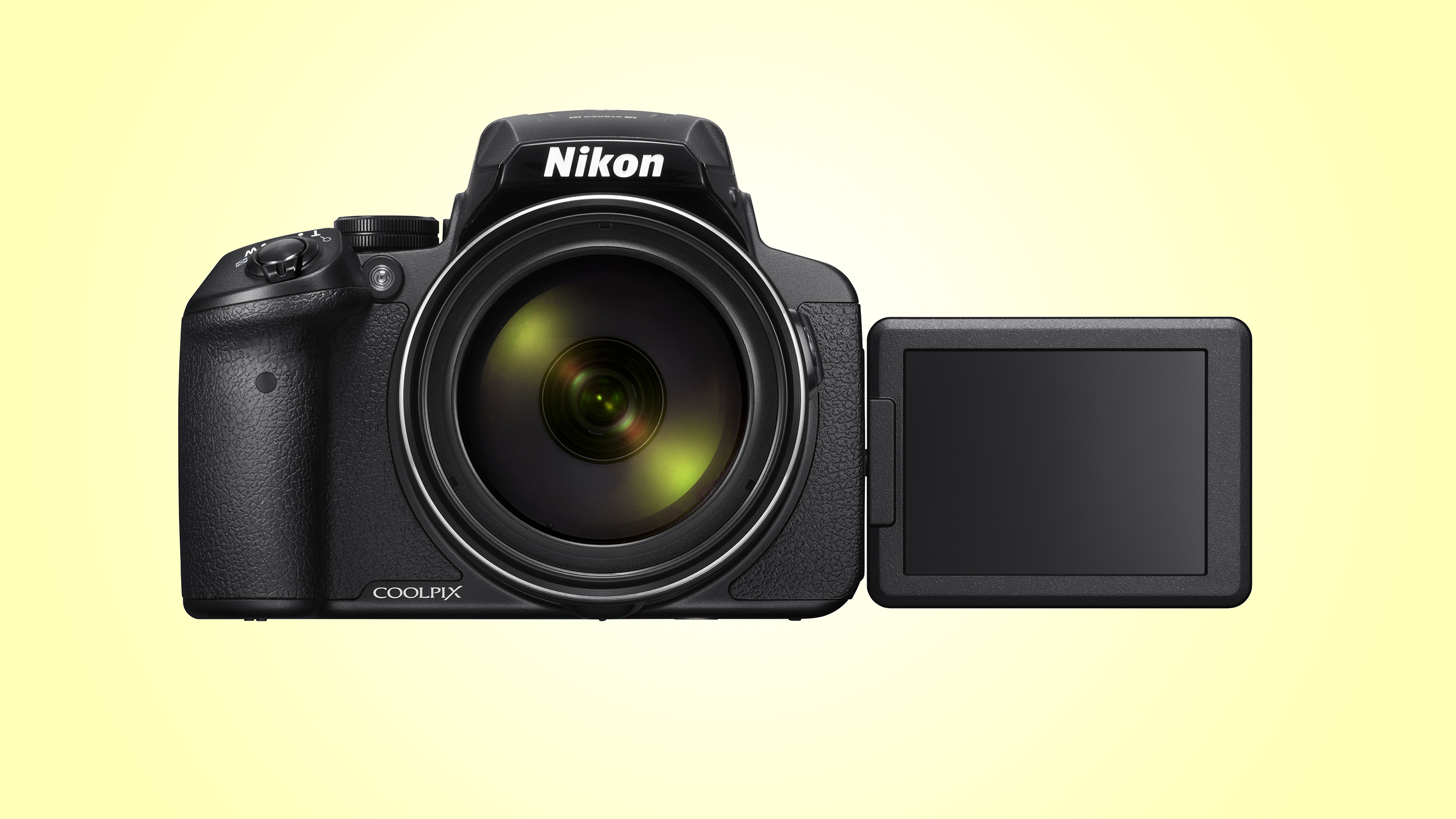
Thought the Canon PowerShot SX60 HS's 65x zoom was the limit for optical zoom range? Think again. Nikon has rewritten the rule book in this department, with the P900's incredible 83x lens currently earning it the accolade of world's longest-zoom bridge camera. Such a massive lens does make this one hefty snapper, however. Features include Wi-Fi with NFC pairing and an articulating screen. Image quality can't match the pricier 1-inch rivals, but if a long zoom is your main concern, the P900 certainly gets the job done.
Read our in-depth Nikon Coolpix P900 review
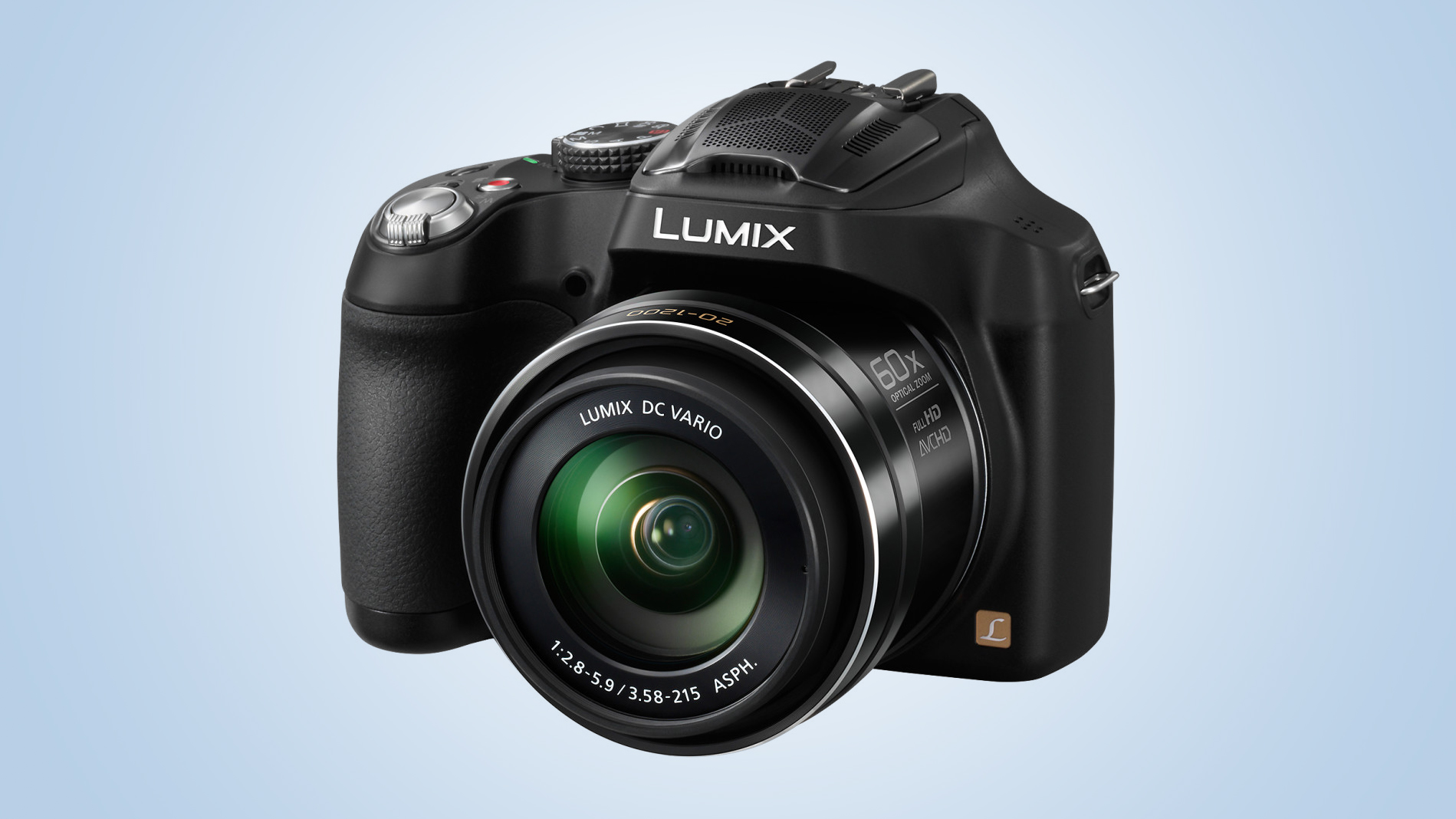
The Lumix FZ70 (Lumix FZ72 outside the US) is one of the cheapest bridge cameras in our selection, and has since been replaced by the FZ80 / FZ82 (see above), but it still sports a great zoom range with an impressive 20mm-equivalent wide-angle focal length. Its lens aperture also opens up as wide as f/2.8, though it does narrow to f/5.9 at full zoom. Raw format recording and full manual control give the FZ72 enthusiast appeal, as does the attractive image quality. We would rank the FZ72 higher, but there's no Wi-Fi, while the relatively low screen and electronic viewfinder resolutions are a let down; you'll also have to do without an eye sensor to automatically switch between the two displays.
Read our in-depth Panasonic Lumix FZ70 / FZ72 review

There's lots to like about the Coolpix B700 from Nikon. Looking at the zoom range first, and the 60x zoom gives huge reach,, while image quality is good up to ISO 800, with great color reproduction and reasonable detail, and low-light shots look good up to ISO 1600. The B700 can also shoot raw files, so it's possible to pull even more detail out of the files. There's also an eye sensor for the viewfinder, while you get SnapBridge connectivity to transfer images remotely from camera to smart device, plus an articulating screen which is useful for composing shots from awkward angles.

Sony's premium superzoom bridge camera is closely matched with the Panasonic FZ72, but it loses out to that camera due to its higher price, JPEG-only image capture and lesser zoom range. The HX400V claws back some ground by offering Wi-Fi, while it's also pleasure to use thanks to its ergonomic design, and the tilting screen is nice touch, although it isn't fully articulating. More disappointing is the relatively low-resolution electronic viewfinder. Although there's no raw support, JPEG images have great colors and plenty of detail. Some image smoothing is visible when images are viewed at 100%, but that's a common trait amongst small-sensor bridge cameras.
Read our in-depth Sony Cyber-shot HX400V review
Also consider…

If you like the idea of a compact camera with a decent zoom range, but don't like the idea of the bulk of a bridge-style camera, Lumix ZS200 (known as the Lumix TZ200 outside the US) from Panasonic is a great choice. Compared to many models here, the zoom range is modest at only 15x, but it's packaged in a neat (almost) pocket-sized body and also manages to squeeze a large 1-inch sensor as well. Not only that, but there's a built-in electronic viewfinder and 4K video recording.
Read our in-depth Panasonic Lumix ZS200 / TZ200